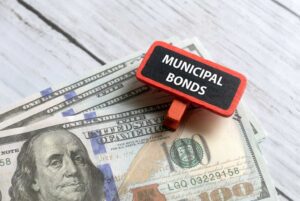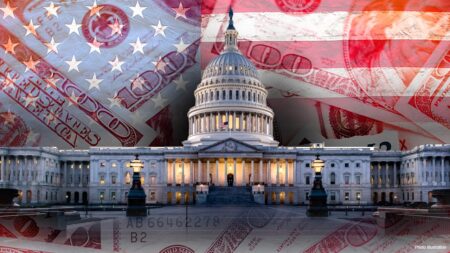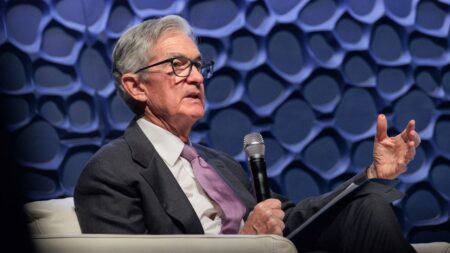Inflation fell in August to the lowest level in over three years, adding to the Federal Reserve’s case for an interest rate cut next week even as prices remained uncomfortably high for millions of Americans.
The Labor Department on Wednesday said that the consumer price index (CPI) – a broad measure of how much everyday goods like gasoline, groceries and rent cost – rose 0.2% in August from the prior month, in line with the expectations of economists polled by LSEG.
Prices climbed 2.5% in August from the same time last year, slightly less than LSEG estimates and down from 2.9% in July. That’s the lowest level since February 2021.
So-called core prices, which exclude more volatile measurements of gasoline and food to better assess price growth trends, rose 0.3% in August from the prior month – slightly above LSEG estimates of 0.2%. The gauge was up 3.2% from a year ago, in line with expectations, and unchanged from last month.
COST-OF-LIVING CRISIS KICKS OFF THE HARRIS, TRUMP DEBATE
Overall, the report indicates that inflationary pressures in the U.S. economy are continuing to ease, though prices remain above the Federal Reserve’s 2% target.
The softer-than-expected inflation reading comes as Federal Reserve policymakers are set to hold a highly anticipated meeting in which they are likely to cut interest rates amid signs that the economy is cooling. After the central bank kept interest rates at a 23-year-high range of 5.25% to 5.5% in July, Fed Chair Jerome Powell signaled in an August speech at the Jackson Hole conference that the “time has come” to cut interest rates.
“The Fed is widely expected to cut interest rates by 0.25% next week, and today’s more-or-less on-target CPI reading keeps that very much in play,” said Chris Larkin, managing director of trading and investing at E*Trade from Morgan Stanley. “That may disappoint those investors hoping for a bigger cut, but with inflation seemingly under control, the markets will likely turn back their focus to the economic growth side of the equation – especially the employment picture.”
High inflation has created severe financial pressures for most U.S. households, which are forced to pay more for everyday necessities like food and rent. Price hikes are particularly devastating for lower-income Americans, because they tend to spend more of their already-stretched paycheck on necessities and therefore have less flexibility to save money.
Much of the rise in core inflation in August came from prices for shelter rising 0.5% from the prior month. Shelter prices are up 5.2% from a year ago and account for over 70% of the total 12-month increase in the core inflation index that excludes food and energy.
Other areas with notable price increases from a year ago include motor vehicle insurance (+16.5%), medical care (+3%), recreation (+1.6%) and education (+3.1%).
After declining for each of the last five months, airline fares increased by 3.9% in August compared to July.
This is a developing story. Please check back for updates.
Read the full article here











